Iodine in Carbonate as a proxy for modern and ancient hypoxia
Oceanic Anoxic Events
Periods of globally distributed extreme oxygen depletion, so-called oceanic anoxic events (OAEs), have been recognized in the Mesozoic geological record and appear to be characteristic of episodes of extreme warmth. A new proxy, I/Ca ratios, in carbonates may be used to monitor seawater oxidation levels throughout Earth history.
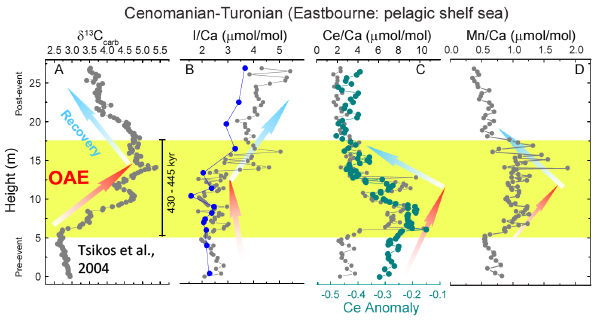
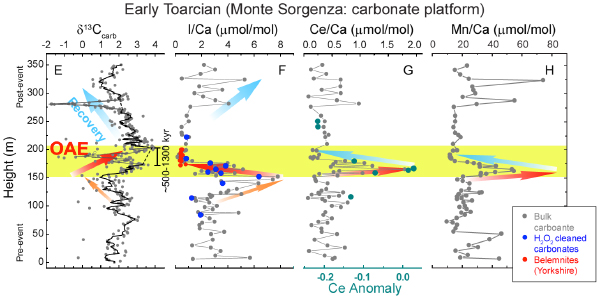
Paleocene-Eocene Thermal Maximum (PETM)
Anthropogenic global warming affects marine ecosystems in complex ways, among which the loss of dissolved oxygen emerges as a growing concern. Information from past events may help in forecasting future ocean deoxygenation. In geological records, the PETM at ~55.5 Ma, may represent the best analogue for modern global warming. I apply a novel paleo-redox proxy, iodine to calcium ratios in foraminiferal tests, to detect potentially subtle deoxygenation during the PETM.
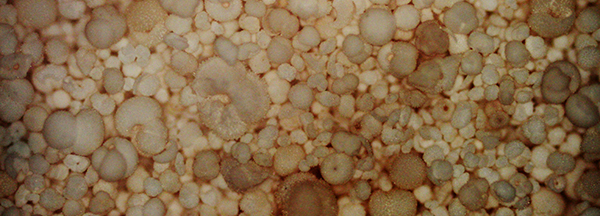
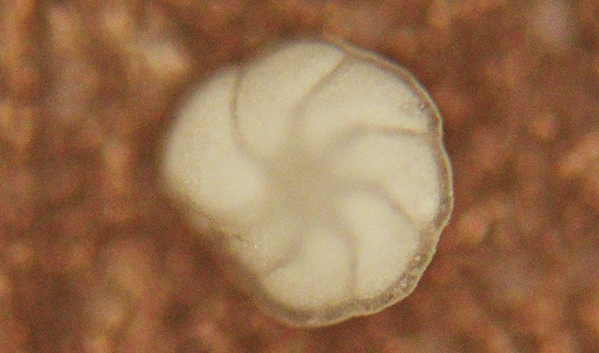
Otolith
Images from Karin Limburg
A matched pair of juvenile winter flounder otoliths from Long Island Sound.
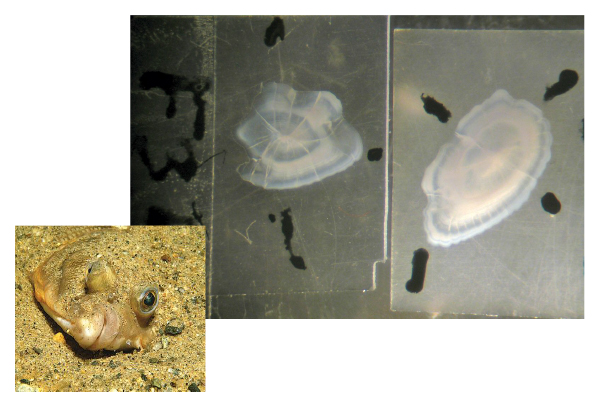
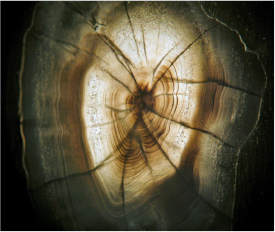
Details of core regions prior to ablation.
